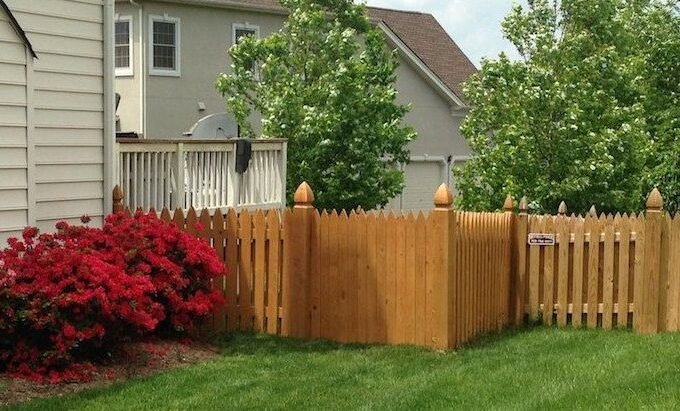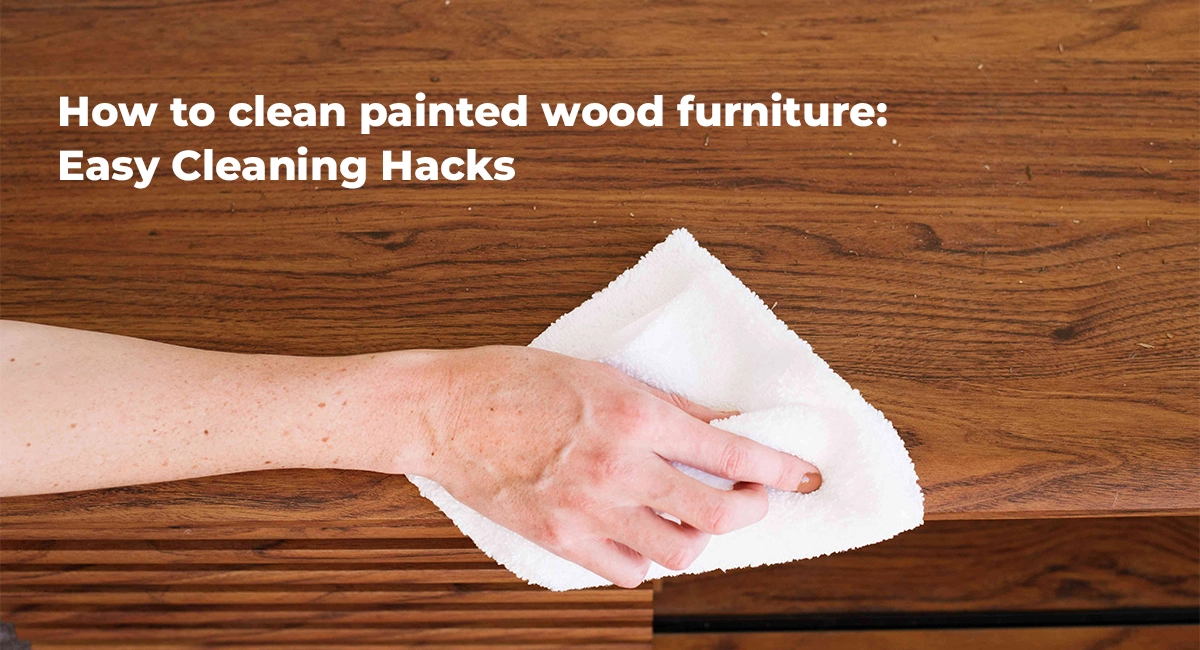
Spray Valves: Everything You Need To Know
While you may think you don’t have any spray valves in your home, you have several in fact. The EPA has issued efficiency and water ratings for spray valves in your home. Over time these valves break down or stop functioning and need replacement. The valves are located in a variety of locations from water heaters to kitchen faucets to water softener systems.
Faucets
Many kitchen faucets now come with a sprayer attached to the faucet. There are some that still have the sprayer as a separate connected piece. The water lines are connected, so when the sprayer is on, the faucet turns off. The water then comes out of the sprayer and vice versa. When the sprayer valve fails, it is time to purchase replacement spray valves. A leaking or clogged sprayer may indicate an issue with the valve. Replacing the valve is relatively simple and can save you money on your water bill.
Water Heater
Hot water is a convenience and luxury of modern living. Those bulking tanks in your attic or water heater closet have a valve to bring water into the tank and through to the home. Over time, the fittings can corrode causing water to spray due to high water pressure or failed fittings. Spraying water needs immediate repair. Replacing the valve may be the first thing a plumber suggests after shutting off the water itself.
Water Softener
Hard water causes problems for water using appliances, skin and pipes. A water softener uses salt to soften hard water. Minerals are removed through a brining process then the salt is removed in a resin tank. The process repeats continually until something malfunctions. Sometimes the injector is plugged with dirty salt sediment. Turn off the bypass valve to access the injector to clean it and the screen.
Spray valves help regulate the water in the appliances and fixtures of your home. When they work properly, you save money on your water bill while enjoying the niceties of indoor plumbing.





